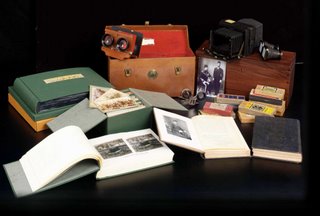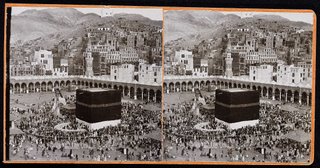
The Moroccan writer Laila Lalami wears more than one hat. She is known to internet users worldwide for her stylishly-presented and incisive literary blog “Moorish Girl”. And she is also a novelist writing in English, with her first novel “Hope and Other Dangerous Pursuits” published in the US by Algonquin Books of Chapel Hill, North Carolina.
Born in Rabat, and educated in Britain and the US, Lalami lives in Portland, Oregon. She brings to her novel the same qualities of clarity, liveliness and insight that characterise “Moorish Girl.”
In the novel’s introduction, seen through the eyes of graduate Murad, we are introduced to a group of characters crossing illegally to Spain at night in a flimsy boat. “Fourteen kilometres. Murad has pondered that number hundreds of times in the last year trying to decide whether the risk was worth it.”
The characters include a young women Faten who wears a hijab, Aziz who is on a second attempt to cross the Strait of Gibraltar, and abused wife Halima running away with her children. As the boat nears the Spanish coast, the migrants are ordered to swim to land, although not all can swim.
The next section of the book, “Before”, explores the reasons for the characters’ decision to take this risky voyage. The final section “After” looks at what becomes of the characters..
Lalami does not take the obvious path in approaching her characters. We first see Faten from the point of view of a father working at the Ministry of Education worried about the influence of this religious girl on his daughter. He uses his position in the educational bureaucracy to exact a revenge that will blight Faten’s future.
Lalami writes an uncluttered prose with grace and fluency. Her novel is relatively brief at 195 pages, but every word counts. Her deft and subtle characterisation has much humanity, and also irony and playfulness as in her depiction of Murad and his efforts to be a guide in Tangier, an over-crowded field. His opening line to tourists is: “Interested in Paul Bowles?”
Are those who do manage to make it to Spain really better off than those who are turned back and returned to Morocco? The migrants’ dreams are inevitably tempered by reality. Aziz and his wife pay a high price for their years of separation, and on his first visit home his memories of the women he consoled himself with while away somehow sully his relations with his wife.
Faten attains an independence in Spain, but only through selling her body. The Orientalist attitudes of some European men are alluded to in her odd relationship with young Spanish client Martin. As for Murad, he may find his way not by leaving Morocco, but through following his gift for storytelling.
Lalami’s novel is a major contribution to the literature on migration and on the ambiguous relationship between the two sides of the Mediterranean, and thus between two cultures. These contemporary themes will become all the more pressing in the future.
Susannah Tarbush, Saudi Gazette April 25 2006



